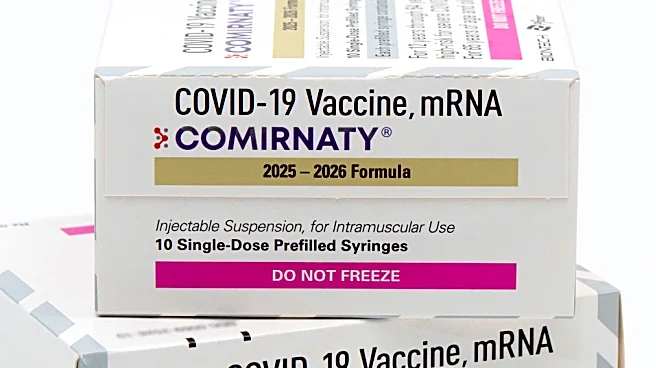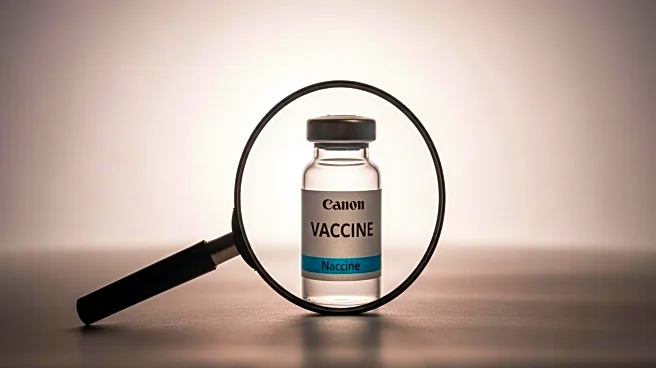What is the story about?
What's Happening?
A recent study conducted in the United States suggests that engaging in just over one minute of vigorous physical activity each day can significantly reduce the risk of mortality. The research, led by Emmanuel Stamatakis from the University of Sydney, analyzed data from the NHANES study involving 3,300 participants. These individuals, who were generally less fit and more overweight compared to those in previous studies, showed a 38% lower risk of dying from any cause over the next six years when they engaged in short bursts of vigorous activity. This finding aligns with earlier research from the UK Biobank study, which indicated similar benefits from slightly longer durations of exercise. The study highlights the potential health benefits of incidental exercise, such as climbing stairs or playing energetically with children, especially for those who find it challenging to incorporate regular exercise into their routines.
Why It's Important?
The implications of this study are significant for public health, particularly in addressing the challenges faced by the majority of adults who do not engage in regular exercise. By demonstrating that even minimal amounts of vigorous activity can have substantial health benefits, the research offers a more accessible approach to improving fitness and reducing mortality risk. This could lead to a shift in public health strategies, encouraging people to integrate short, intense activities into their daily lives rather than focusing solely on traditional exercise routines. The findings are particularly relevant for populations with higher obesity rates and lower fitness levels, where the potential for health improvement is greater.
What's Next?
The research team plans to conduct further studies to strengthen the evidence supporting the health benefits of incidental exercise. These future studies aim to establish a causal relationship between short bursts of vigorous activity and improved health outcomes. The long-term goal is to develop interventions that help individuals increase their incidental physical activity without the need for gym memberships or structured exercise programs. This could involve promoting lifestyle changes that naturally incorporate more physical activity into daily routines.
Beyond the Headlines
The study raises important questions about how public health messages are communicated and the potential for redefining what constitutes effective exercise. By focusing on the benefits of incidental activity, there is an opportunity to make exercise more inclusive and achievable for a broader segment of the population. This approach could also reduce the stigma associated with traditional exercise, making it more appealing to those who are currently inactive.
AI Generated Content
Do you find this article useful?















